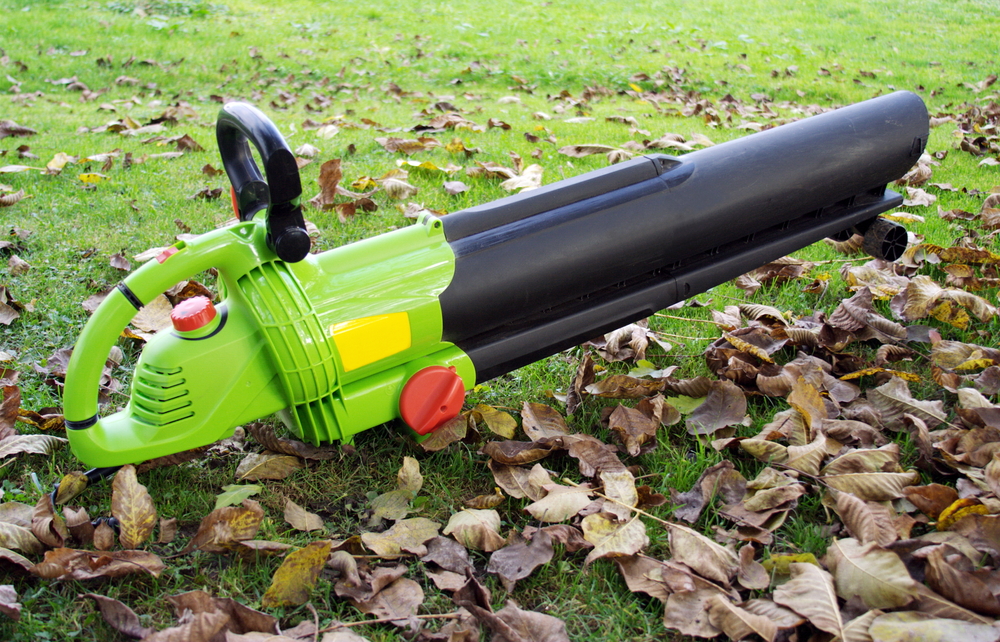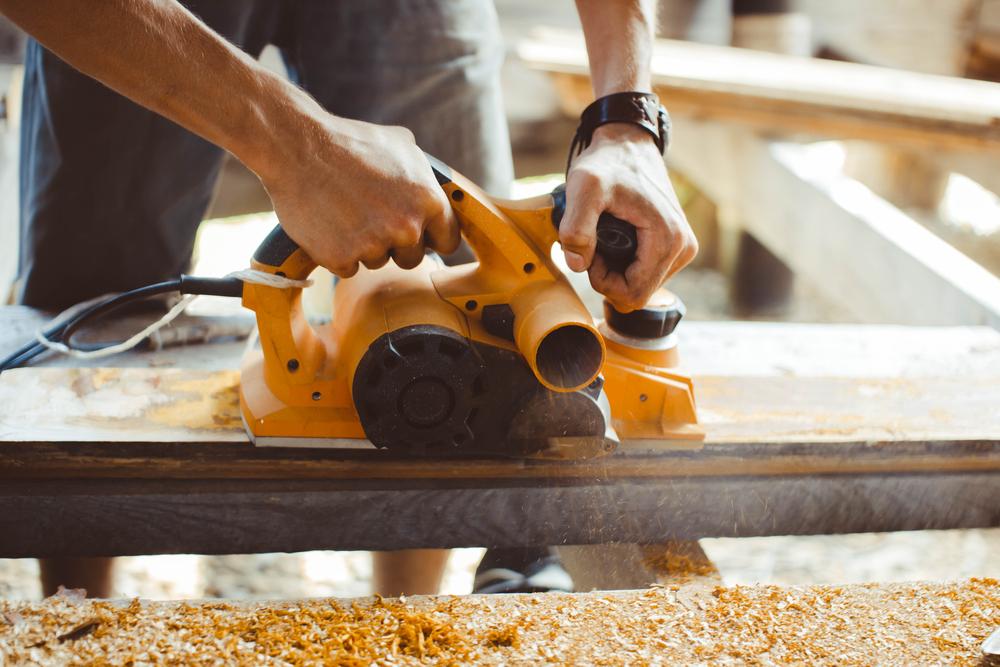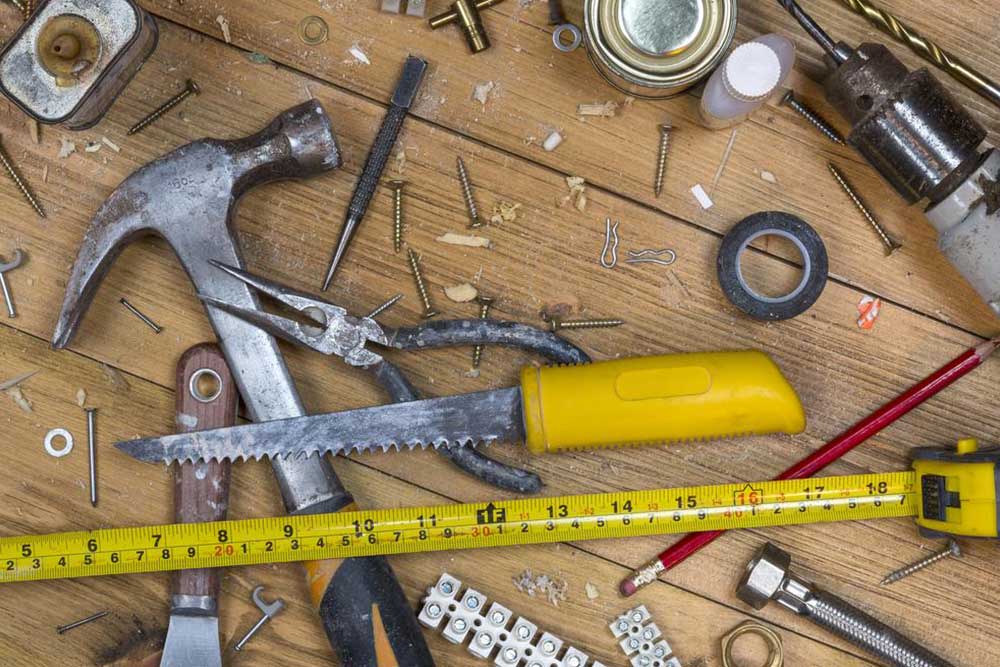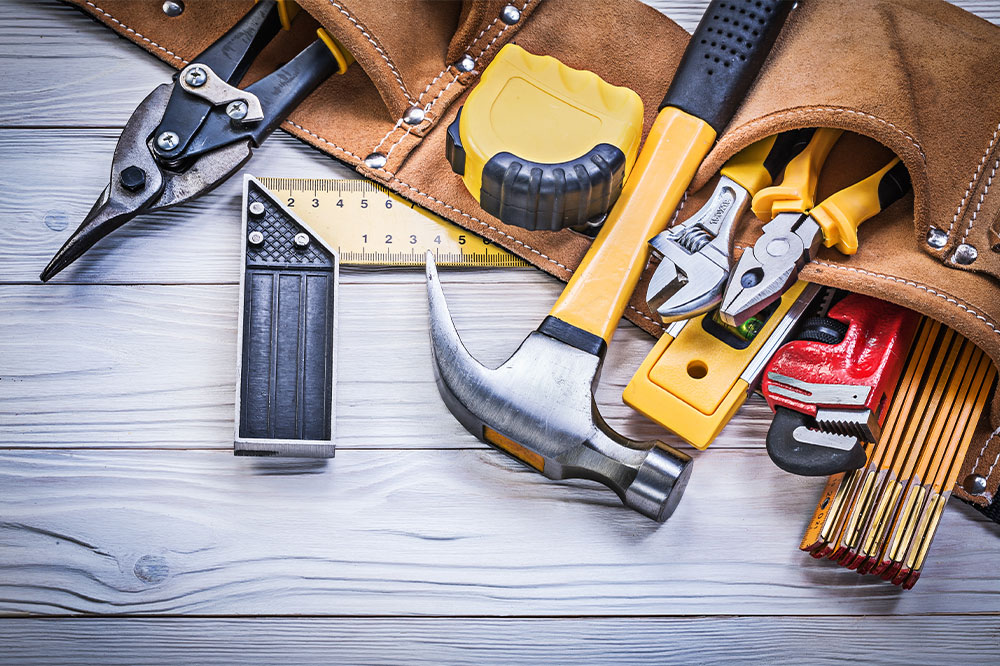Essential Safety Tips for Operating Power and Manual Tools
Discover essential safety tips for handling power and manual tools. Learn about best practices to prevent accidents, including proper maintenance, protective gear, and safe operating procedures. This guide helps users ensure safe and effective tool use in various environments, emphasizing safety for both beginners and experienced workers in industrial, construction, and DIY settings.
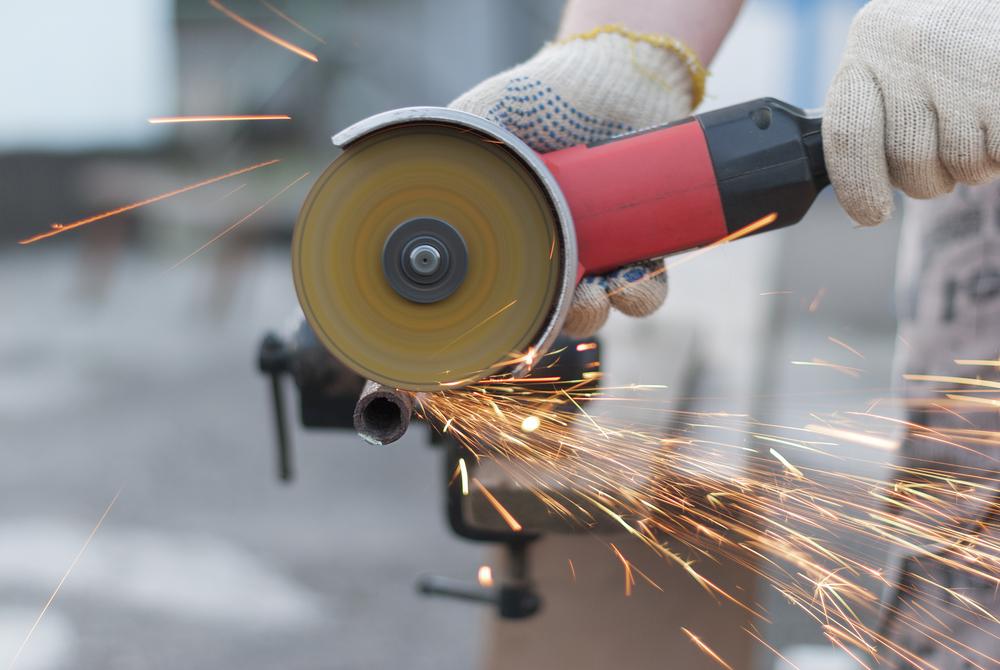
Essential Safety Tips for Operating Power and Manual Tools
Power and manual tools play a vital role in various tasks, but their dangerous nature requires careful handling. A loose or cracked handle can detach, causing injury. Since users are responsible for safety, proper training and safety precautions are essential before use.
Key Do's and Don'ts
Avoid pulling or carrying tools by cords or hoses to prevent disconnects and damage.
Regular maintenance keeps tools in optimal condition, reducing hazards. Keep cords away from heat, oils, sharp edges, and flammable substances. Always follow the manufacturer's instructions to mitigate risks.
How to Safely Use Electric Tools
Electric tools like drills pose risks such as electric shocks or burns, which can lead to serious injuries. To ensure safety, store tools in dry areas and avoid use in wet conditions unless rated for such environments. Adequate lighting, protective gloves, safety glasses, and footwear are essential when working.
Store tools properly in dry, safe locations.
Do not operate waterproof-rated tools in damp conditions.
Use bright lighting and protective gear to prevent injuries.
Safety Guidelines for Powder-Actuated Tools
Using powder-actuated tools requires caution similar to handling firearms. Only trained personnel should operate them, adhering to safety precautions. Always wear eye, face, and ear protection, and select the appropriate velocity for the task. Test the tool briefly before use, avoid loading it unnecessarily, and do not operate in flammable or harsh environments. Keep fasteners over three inches from edges and avoid firing into hard materials to prevent splatter or rebound hazards. Safety gloves and goggles are mandatory, and devices often have safety locks to prevent accidents.
Note:
This article offers practical safety advice for tool users across various industries. While based on thorough research, it is meant for informational purposes and should not replace professional training or official guidelines. Users are encouraged to follow all safety protocols and consult manufacturer instructions for specific equipment.

